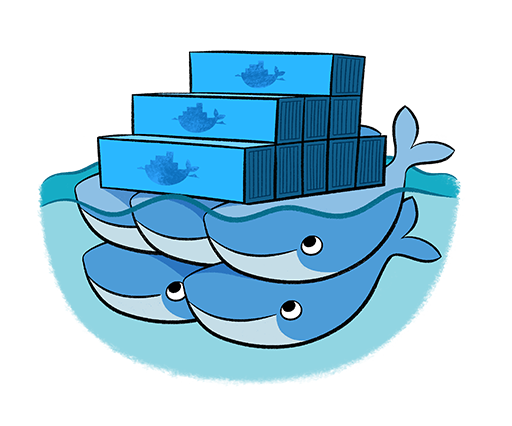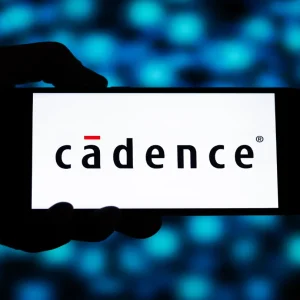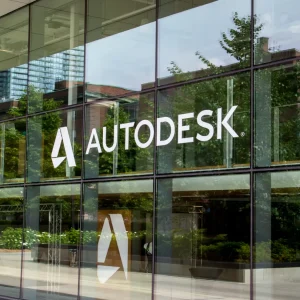
Docker Enterprise 3.0 is now generally available. Among the latest features in the container platform from the San Francisco-based company: a new Kubernetes distribution that aims to tackle some common configuration gripes (e.g. with stronger out-of-the-box security settings); fresh container lifecycle automation tools; and shiny, new CNAB-based (see below) Docker Applications: a way to “build, share and run multi-service applications across multiple configuration formats.”
(Docker is an open source toolkit that lets users deploy software within containers; in turn a way of packaging an application’s code, configurations, and dependencies into a single object that can run across any environment in a predictable, repeatable and immutable manner. This is becoming central to contemporary IT environments as industry pivots toward building highly portable, microservice architectures.)
Computer Business Review takes a look at the new features, which are unified by a bid to improve useability in what is often a challenging operational environment.
Docker Enterprise 3.0: What’s New
Docker Applications
New with the release is Docker Applications [git]: a way to bundle together application descriptions, components and parameters into a single atomic unit (either a file or directory) – building what Docker describes as a “container of containers”.
It comes as enterprises are increasingly running thousands of containers, sometimes involving multiple development teams using multiple configuration formats.
See also: Microservices vs Monolith: Lessons from the Coalface
Amid an explosion of APIs for infrastructure services and this surge in configuration diversity, Docker Applications is basically an attempt to create a one-stop-shop that can handling multiple inputs such as Kubernetes YAML, Helm charts, Docker Compose files, CloudFormation, Terraform or ARM templates all in a single, cloud-agnostic package.
(The release is an implementation of the Cloud-Native Application Bundle (CNAB) specification – an open source standard that has been co-developed by Docker, Microsoft, Hashicorp, Bitnami, and Codefresh and which was unveiled last year.)
Docker Kubernetes Service
Docker Kubernetes Service (DKS), a certified Kubernetes distribution is now included with Docker Enterprise 3.0 by default. The distro aims to make Kubernetes easier and more secure to use out-of-the-box. (Docker cites research saying over 90 percent of enterprises are unable to handle running Kubernetes on their own).
“Increasing application development velocity and digital agility are a strategic imperative for companies in all sectors today. Developer experience is the killer app,” said RedMonk co-founder, James Governor. “Docker Kubernetes Service and Docker Application aim to package and simplify developer and operator experience, making modern container based workflows more accessible to developers and operators alike.”
You can learn more about Docker Kubernetes Service here.
Automating Deployment
Docker says: “One of the most common requests we’ve heard from customers has been to make it easier to deploy and manage their container environments.”
New automation tools let operations teams – using CLI commands – deploy, scale, backup and restore and upgrade their Docker Enterprise clusters across hybrid and multi-cloud deployment on AWS, Azure, or VMware. How much easier that makes life for developers remains to be seen/heard: the tools already presuppose degree of capability.
Docker rolled out Don Bauer, lead DevOps engineer at Citizens Bank for comment. He described the features as helping the bank “test new services easily and quickly and if they work, we can immediately enhance the mortgage experience for our customers.”






